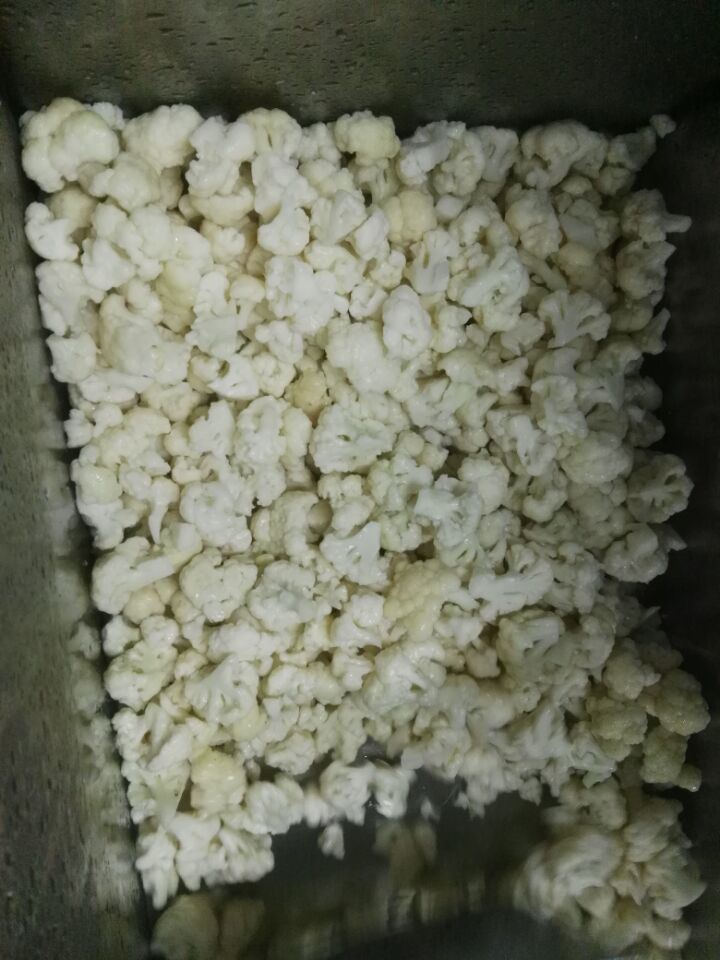
I am intrested in High Quality Hold-open Cast Iron Concealed and Exposed No Left and Right Installation Door Closer
Total procurement:500
2024-01-19 Expire Date
I am intrested in 16*25*40mm Carbon Brush for Locomotive Traction Motor Use
Total procurement:30
2023-12-28 Expire Date
Interested in wholesales self-locking plastic cable tie nylon cable tie style
Total procurement:
2023-08-31 Expire Date
I am intrested in COMPASAL brand china car tire 12 inch 145/70R12 145 70 12 145X70x12 for sale
Total procurement:10
2023-08-10 Expire Date 2023-09-30
I am intrested in Auto ac compressor For Thermo King Universal,OE TF22KL2E-42C-200,1020802
Total procurement:1
2023-06-23 Expire Date
I am intrested in New Arrive High Quality Metal Buckles Good Quality Waste Coat Buckles Metal Slider Buckles
Total procurement:2000
2023-01-02 Expire Date
frozen garlic price in China
price: $1.00
frozen garlic price in China
price: $1.00
high-quality all-solid zirconia crowns and bridges, most suitable for Chinese dental laboratories
price: $15.00




